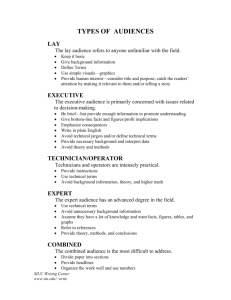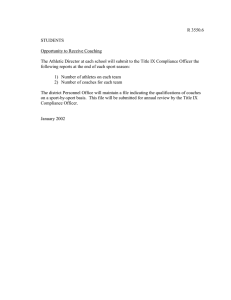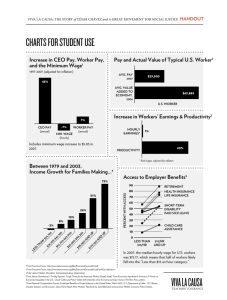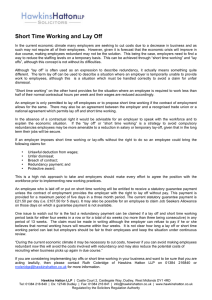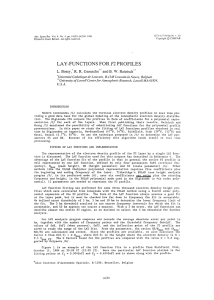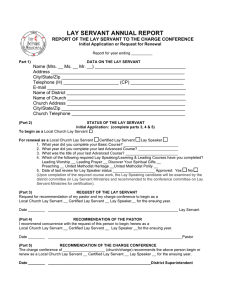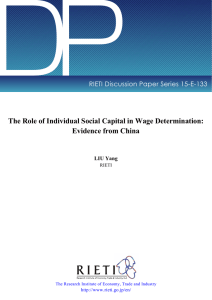Introduction to Transportation Systems
advertisement
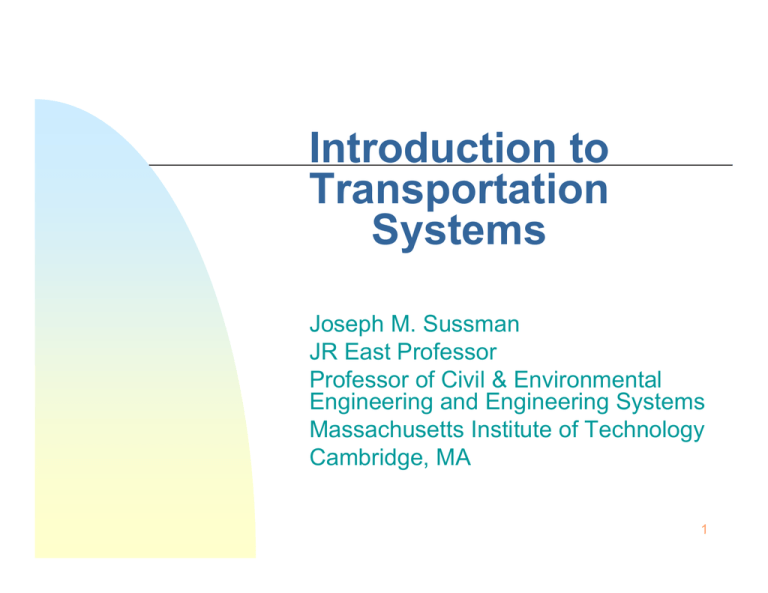
Introduction to Transportation Systems Joseph M. Sussman JR East Professor Professor of Civil & Environmental Engineering and Engineering Systems Massachusetts Institute of Technology Cambridge, MA 1 PART III: TRAVELER TRANSPORTATION 2 Chapter 22: Commuting Safety and Some Transportation History 3 National Commuting Flow Patterns in the U.S. (Millions of Daily Trips) 33.2 Suburbs 3.2 26.9 2.4 0.9 16.4 6.3 0.8 Central City 1.1 4 Other metro areas 1.4 1.5 Nonmetro areas 20.7 CLASS DISCUSSION WHAT ABOUT KUALA LUMPUR? OTHER CITIES? Figure 22.1 4 Some Transportation History Lay begins with carts, coaches and stage coaches, and the use of horses for transportation. Lay, Max G., Ways of the World: A History of the World’s Roads and of the Vehicles that Used Them, Rutgers University Press, New Brunswick, NJ, 1992. 5 As Lay mentions, the cost of a round-trip from Paddington Station to another station in London in 1800 by horse-drawn vehicle was about 1% of the annual wage of a typical worker, where the comparable trip today would be about .02% of the annual wage of that same worker. System safety was several orders of magnitude poorer in antiquity than they are now. 40,000 people a year die on U.S. highways. But if one looks at the safety of transportation systems in these more primitive times, they were several orders of magnitude less safe than today. 6 What Enabled Transportation to Advance? Technological Developments Automobile Dominance The Gas Tax Construction Jobs 7 Environmental Concerns CLASS DISCUSSION 8

